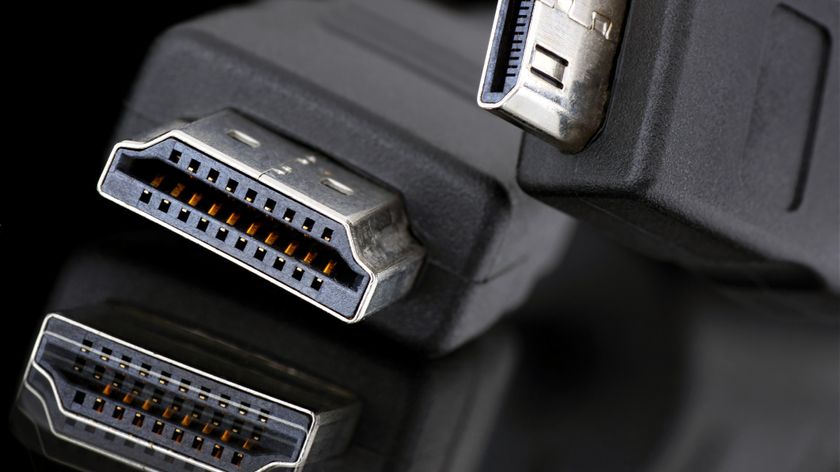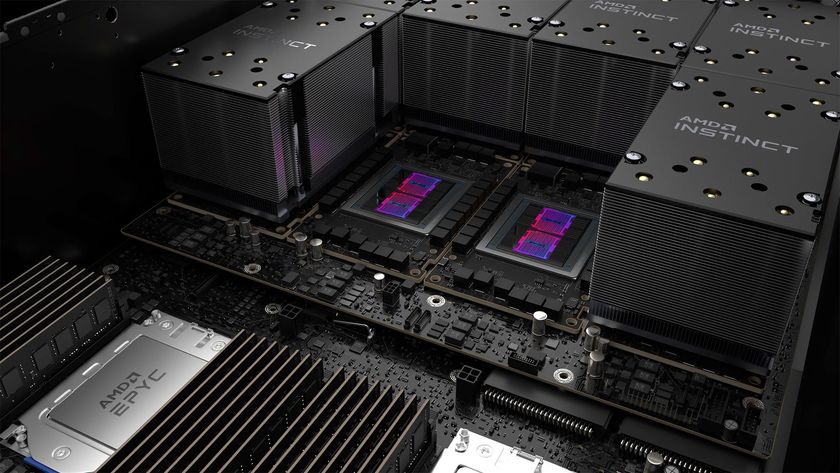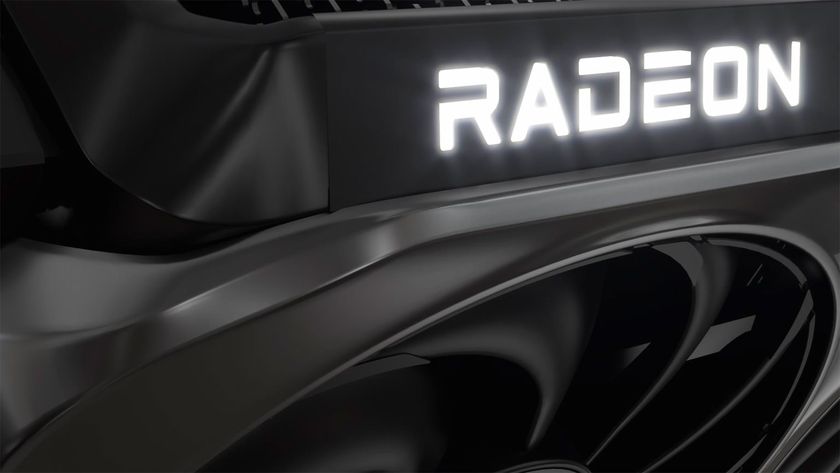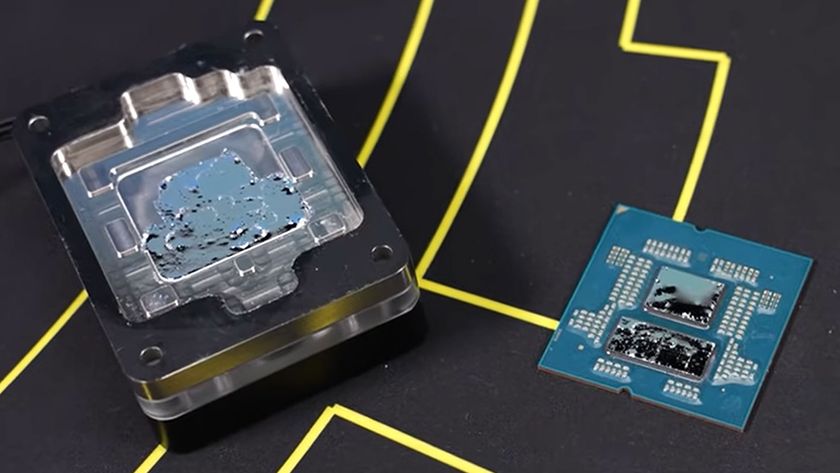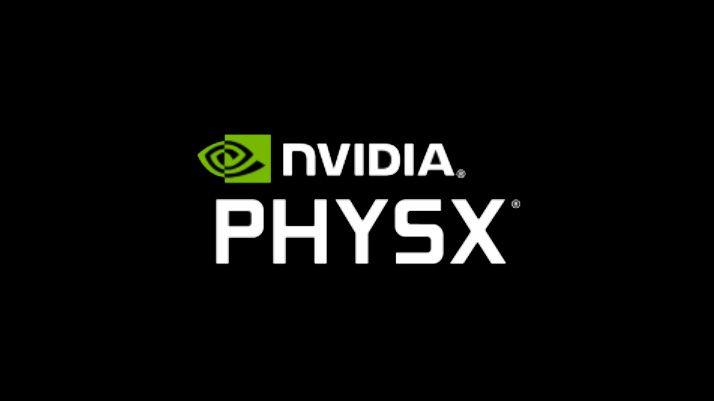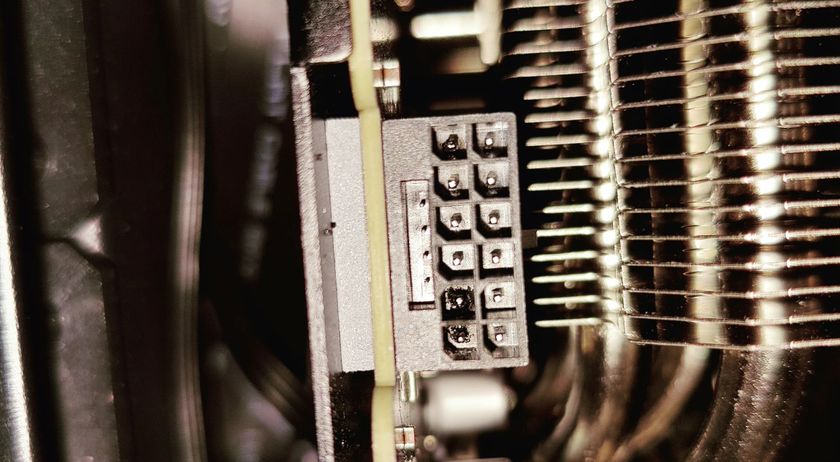Qualcomm claims it owns 10% of U.S. Windows PC retail market for devices priced $800 and up
A lot of qualifiers are required to get to the 10% figure.
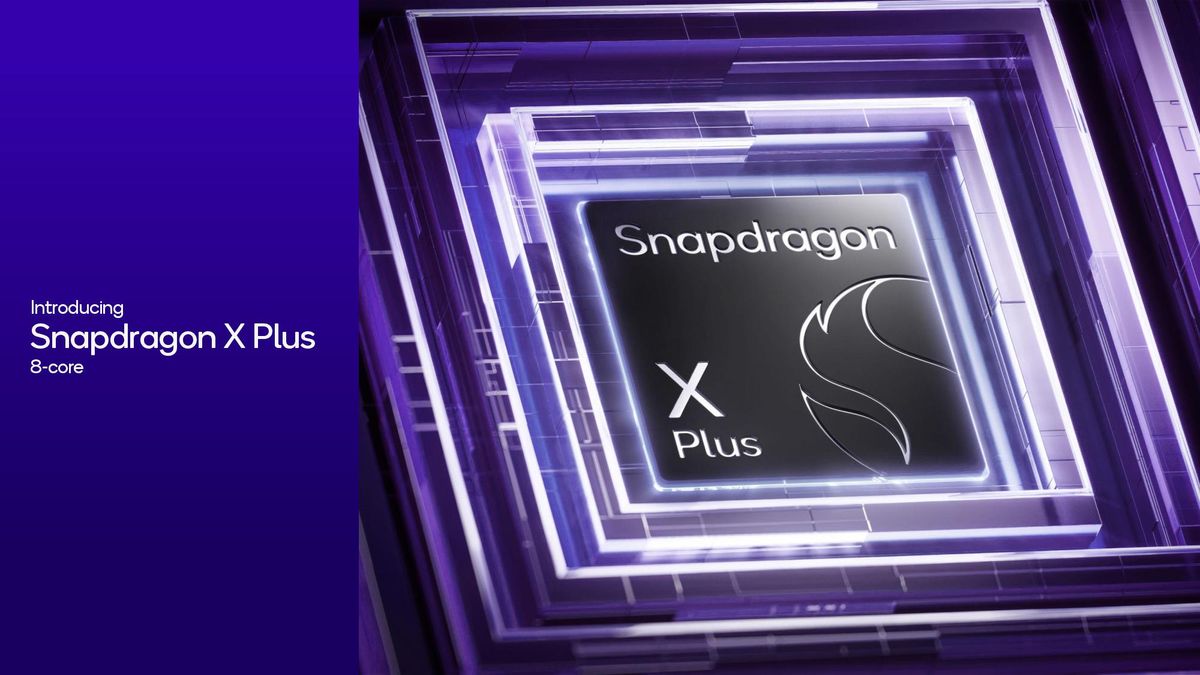
Qualcomm just released its first-quarter financial results for fiscal year 2025, covering the period from October to December 2024, and it has made some bold claims to investors. According to analyst Sravan Kundojjala, the company said that 10% of Windows PC sales in the U.S., worth $800 and above, are powered by Snapdragon X chips. This is quite an assertion, especially as it only captured 0.8% percent of the market in the third quarter of 2024, having only sold 720,000 units.
- Auto revenue up 61% y/y to $961M; 6 quarters of q/q growth- On track for $4B+ revenue target for FY26- IoT revenue up 36% y/y to $1.5B; 3 quarters of q/q growth- 80 PC designs (planned/launched) for ’25; 100+ designs in ‘26- Claims 10% Windows PC retail share in the US…February 6, 2025
This headline PC shipments figure rings somewhat true, especially with the qualifiers included in the statement. The Windows PC retail market is tied to consumer purchases only, so Qualcomm probably didn’t consider institutional purchases, like those coming from the government and other private businesses. Aside from that, it also only counted PCs worth $800 or more, which is slightly above the average laptop selling price of $750 in 2024.
Whatever the case, we’re going to see more Snapdragon laptops and PCs this coming year. Qualcomm has already announced an 8-core Snapdragon X chip that will bring down prices to around $600, making its devices more accessible for buyers. We’ve also seen mini-PCs with these chips coming to market a few months after the company abruptly canceled its $899 dev kit. These new devices are part of the 80 or so models planned to arrive (or already launched) in 2025, with a further 100+ more coming next year.
Windows on Arm PCs still have a long way to go to reach market share parity with x86_64 devices, especially as they continue to have some compatibility issues with legacy software and gaming. However, they also come with several advantages, especially in the efficiency department. We’ve even seen Snapdragon X Elite laptops lasting more than 15 hours of real-world use on a single charge, finally allowing Windows devices to somewhat catch up with the battery life you can find on Apple's MacBooks.
With continued development, we might eventually see a time when Windows devices are evenly split between Arm and x86 processors. But it will likely take time, and we can only wait and see if the Qualcomm CEO’s prediction that the Snapdragon X chips will take 50% of the Windows PC market by 2029 will come true.
Stay On the Cutting Edge: Get the Tom's Hardware Newsletter
Get Tom's Hardware's best news and in-depth reviews, straight to your inbox.

Jowi Morales is a tech enthusiast with years of experience working in the industry. He’s been writing with several tech publications since 2021, where he’s been interested in tech hardware and consumer electronics.
-
GenericUser2001 Does that factor in returns? The local Best Buy has a bunch of Snapdragon machines sitting in their open-box section for months now, and I have heard similar anecdotes from others.Reply -
HideOut i call BS. As someone has said, so many of these are getting returned because people realize they can't do much of what they want to do.Reply -
dalek1234 They are either fudging the numbers by hiding something, or they are outright lying. Are they dumb? They are going to get sued by investors when the truth comes out to lightReply -
Roland Of Gilead Well, the wording of the headline is quite specific. So, I'm sure it's possible to fudge 10%.Reply
I can't remember exactly where I saw it, but as I understand it, total PC (laptop) sales for ARM are less than 2%. What gives?
Ill try find the article and link it. -
ekio If the ARM PC can't do all the things an x86 PC can do, it's only Microsoft's fault.Reply
It means their x86_64 to armv9 wrapper systems are unfinished.
The PC themselves are not at fault...
I would definitely buy an ARM PC if I had to, to get rid of obsolete x86, and open the way for a CPU market where REAL competition exists.
When/if Nvidia release their desktop class ARM CPU at the end of the year to build gamer ARM PCs, things will change significantly.
We just need to be a little bit patient. -
dCasualGamer Reply
I agree. i see similar situation too.GenericUser2001 said:Does that factor in returns? The local Best Buy has a bunch of Snapdragon machines sitting in their open-box section for months now, and I have heard similar anecdotes from others. -
EzzyB Reply
I've got news for you, it will never be "finished". Apple is on it's 4th generation and it's not finished.ekio said:If the ARM PC can't do all the things an x86 PC can do, it's only Microsoft's fault.
It means their x86_64 to armv9 wrapper systems are unfinished.
Well, except for the fact that they aren't designed for the programs that people are using. Only for the OS they are using. It's not as fine a distinction as you think.ekio said:The PC themselves are not at fault...
Real competition has existed since x86 has. The first CPU I installed was in an IBM PC v.2 I was repairing and was an x86 clone made by NEC. While NEC and many others have dropped out over the decades, there has always been competition.ekio said:
I would definitely buy an ARM PC if I had to, to get rid of obsolete x86, and open the way for a CPU market where REAL competition exists.
It might be interesting, but consider that gaming is actually the hardest thing you can attempt in this space. It may take many, many years before we're comfortable buying a ARM gaming rig.ekio said:
When/if Nvidia release their desktop class ARM CPU at the end of the year to build gamer ARM PCs, things will change significantly.
Yeah, or a LOT patient. ARM was designed to be efficient. Younger people don't understand that the first RISC "revolution" happened in the 90's. IBM lost HUGE on it, only it's excellent ThinkPad laptops kept it in the PC business at all until it sold out to Lenovo. So, I'm still skeptical.ekio said:
We just need to be a little bit patient.
The interesting thing is that Apple can do it because of it's walled garden. It could, for instance be done in business where the computers are managed, and installed software is tightly controlled, but business is the most skeptical of ARM laptops right now. If you have worked in corporate IT you know why. -
Sluggotg "But it will likely take time, and we can only wait and see if the Qualcomm CEO’s prediction that the Snapdragon X chips will take 50% of the Windows PC market by 2029 will come true."Reply
That won't be happening. Their claims of 10% is not accurate. This is just another attempt by a company to get people worked up so they will jump on the Band Wagon because their product is "The Future". I don't see myself building/buying one of these over an AMD/Intel based system by 2029. I especially don't see 50% of all Windows users going Qualcomm in that time period. -
Mr Majestyk Reply
It won't be Qualcomm, Qualcomm is in trouble for sure from early next year at latest, as Nvidia is entering the market and is going in hard and also AMD is entering the ARM's race next year. Qualcomm has a headstart, but more people will associate with Nvidi'as name in the long run. Nvidia is said to be going straight for AMD's jugular with powerful iGPU to take down Halo. All talk at this stage but 2026 should be an eventful year for ARM laptops.Sluggotg said:"But it will likely take time, and we can only wait and see if the Qualcomm CEO’s prediction that the Snapdragon X chips will take 50% of the Windows PC market by 2029 will come true."
That won't be happening. Their claims of 10% is not accurate. This is just another attempt by a company to get people worked up so they will jump on the Band Wagon because their product is "The Future". I don't see myself building/buying one of these over an AMD/Intel based system by 2029. I especially don't see 50% of all Windows users going Qualcomm in that time period.
